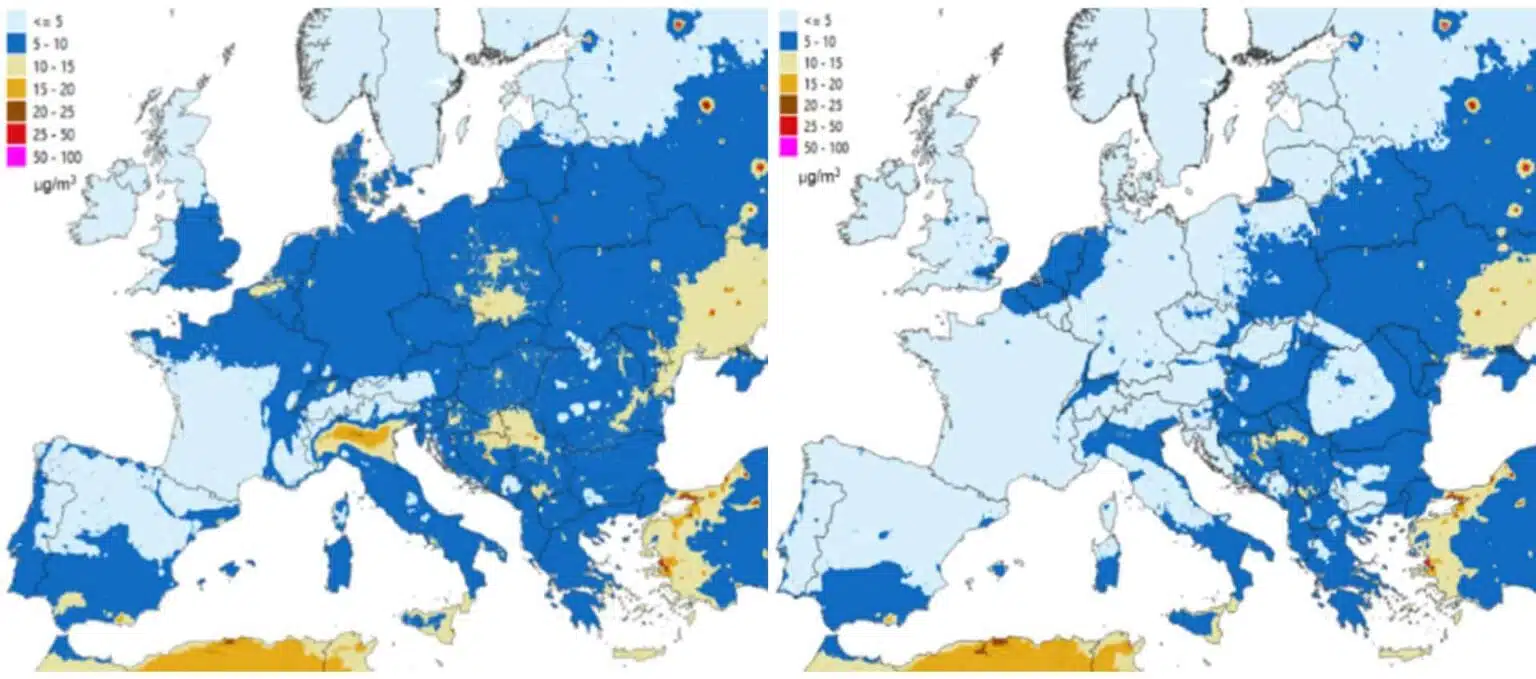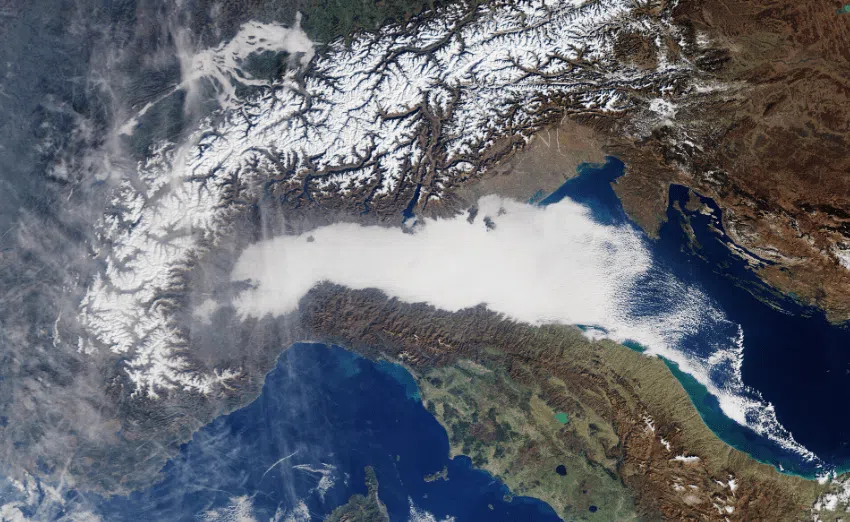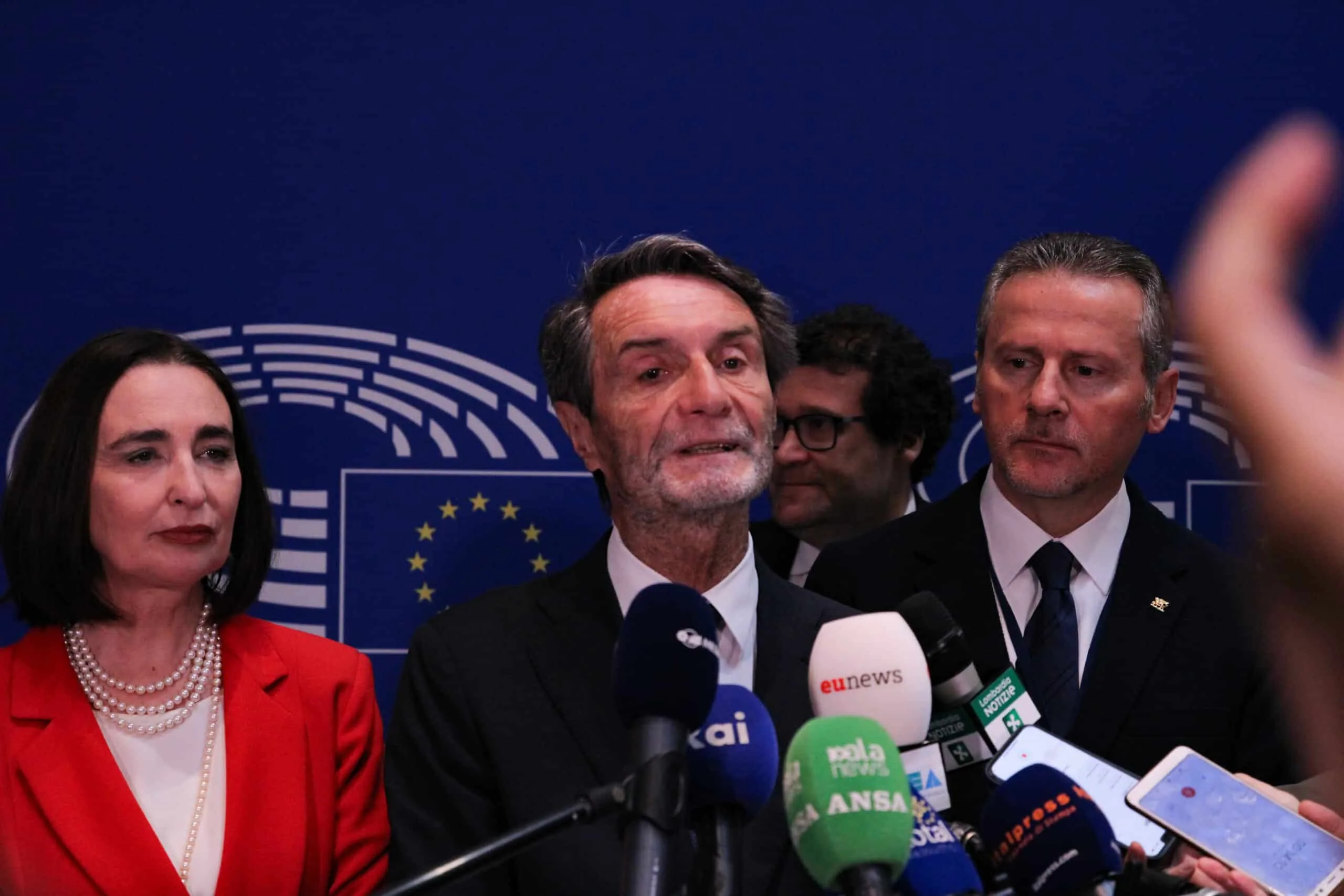Brussels – With several cities in the Po Valley have been exceeding the current maximum pollution limits for days, the EU tightened permitted values. Northern Italy will have ten years more to reach the targets that the Council and the European Parliament set in their provisional political agreement, which aims to halve the most polluting substances by 2030 due to “specific climatic and orographic conditions.” The new standards set stricter limits and target values for several pollutants, which are closer to the most recent guidelines dictated by the World Health Organization (WHO): fine particles and particulate matter, nitrogen dioxide (NO2), and sulfur dioxide (SO2). For the two pollutants most harmful to human health, PM2.5 and NO2, the annual limit values are to be more than halved by the end of the decade, from 25 µg/m³ to 10 µg/m³ and from 40 µg/m³ to 20 µg/m³, respectively.

At the end of an over one-year mostly Italian controversy since the Commission proposed the revision of the EU air quality standards in October 2022, the provisional agreement provides member states with the possibility to request by January 31, 2029, for specific reasons and under strict conditions, a postponement of the deadline for attaining the air quality limit values: until January 1, 2040 “for areas where compliance with the directive by the deadline would prove unachievable due to specific climatic and orographic conditions or where the necessary reductions can only be achieved with significant impact on existing domestic heating systems”; and until January 1, 2035, with possibility to extend it by two more years, if projections show that the limit values cannot be achieved by the attainment deadline. To request these postponements, member states will have to prove in their air quality roadmaps that the exceedance will be kept as short as possible and that the limit value will be met by the end of the postponement period at the latest. In addition to these plans, which are required for EU countries that exceed the limits, all member states will have to create roadmaps by December 31, 2028, defining short- and long-term measures to comply with the new standards by 2030. Standards that will be reviewed by the end of the decade, and every five years thereafter, realigning to possible new guidelines set by the WHO.

Photograph taken by the Copernicus Sentinel-3 mission on January 29, 2024 [Credits: Copernicus Sentinel, ESA]
EU co-legislators also agreed to make the air quality indices currently fragmented across the EU comparable, clear, and publicly available, allowing the sharing of information on symptoms associated with peak air pollution and health risks associated with each pollutant, including tailored information for the most vulnerable groups. Citizens and NGOs will be guaranteed access to justice to challenge possible negligence by member states. Most importantly, anyone who has suffered health damage from violations of the new regulations will be entitled to compensation. Air pollution continues to be the leading environmental cause of premature death in the EU, accounting for about 300,000 premature deaths per year. “Every year, air pollution takes an unacceptable toll across Europe. Today’s agreement marks a move away from outdated air quality standards, some of which date back 15-20 years,” commented the proposal’s rapporteur for the Euro Chamber, Spanish socialist Javi López. Benefiting most of all from the new standards would be the health of people in Veneto, Lombardy, and Piedmont, among the most polluted regions in Europe: “Halving by 2030 PM2.5 particulate matter and nitrogen dioxide is a goal that, if achieved, would allow us to reduce by at least 55 percent the number of victims caused by respiratory problems,” said the 5 Star Movement MEP, Maria Angela Danzì, stressing concern, however, about “the flexibility granted to member states and consequently to the regions concerned.”

According to Danzì, the Italian government should not use the exemption until 2040. But the governors of northern Italy, all from majority parties, think differently: the alarming violations of pollutant limits recorded in recent days in the main cities of the Po Valley “are not on the quantities released” but “on the fact that we exceed the days of pollution determined by the stationing of the air,” the president of Lombardy, Attilio Fontana, pointed out again this morning. He noted that the regions are doing what they can, and for years, the amount of particulate matter released into the air has been “steadily decreasing.” However, there are reasons “beyond our reach, determined by the fact that, unfortunately, the Po Valley is a basin within which there is no air recirculation.” In short, as he had already denounced in May 2023 – in the midst of negotiations among member states – one cannot be held responsible “for living in the Po Valley.” But neither can one continue getting sick.
English version by the Translation Service of Withub



